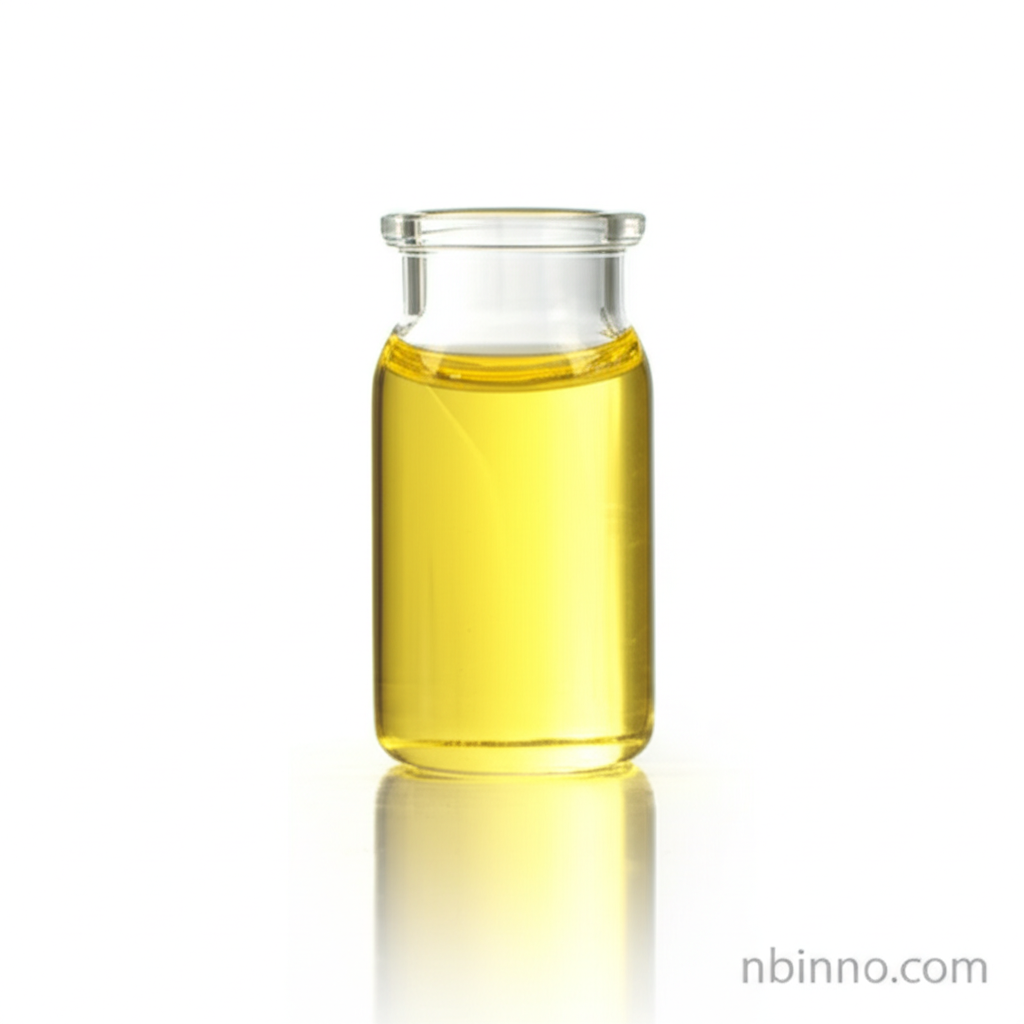Unlock Chemical Innovation with 4-(Trifluoromethoxy)anisole
Discover the versatile applications and key properties of this vital organic synthesis intermediate.
Get a Quote & SampleProduct Core Value

4-(Trifluoromethoxy)anisole
4-(Trifluoromethoxy)anisole is a highly valuable compound in the realm of organic synthesis, prized for its unique chemical structure that incorporates a trifluoromethoxy group. This functional group significantly impacts the compound's electronic properties, reactivity, and solubility, making it an indispensable intermediate for a wide array of advanced chemical applications.
- Explore the chemical synthesis building blocks that drive innovation in modern chemistry, with 4-(Trifluoromethoxy)anisole playing a crucial role. This compound offers a unique structural motif for creating novel molecules.
- Understand the importance of fluorinated compounds in pharmaceuticals; discover how 4-(Trifluoromethoxy)anisole contributes to enhanced biological activity and compound stability. Its incorporation can lead to more effective therapeutic agents.
- Learn about the role of agrochemical intermediates like 4-(Trifluoromethoxy)anisole in developing next-generation crop protection solutions. This chemical is vital for enhancing efficacy and persistence.
- Delve into the specific properties of 4-(Trifluoromethoxy)anisole, noting its appearance as a yellow transparent liquid and its key physical characteristics relevant to its handling and application.
Advantages Provided by the Product
Enhanced Biological Activity
The presence of the trifluoromethoxy group in 4-(Trifluoromethoxy)anisole significantly influences the biological activity of derived compounds. This is a critical factor when developing new pharmaceuticals and agrochemicals, directly impacting their efficacy.
Improved Compound Stability
Leveraging 4-(Trifluoromethoxy)anisole as a chemical intermediate helps in synthesizing compounds with greater stability against degradation. This stability is essential for both pharmaceutical shelf-life and the effectiveness of agrochemicals in field applications, making it a key component for long-lasting solutions.
Versatile Synthetic Applications
As a versatile chemical synthesis building block, 4-(Trifluoromethoxy)anisole opens doors to a broad spectrum of complex molecules. Its structure allows chemists to efficiently create new fluorinated compounds, driving innovation across various scientific disciplines.
Key Applications
Pharmaceutical Synthesis
Utilize 4-(Trifluoromethoxy)anisole as a critical intermediate in the synthesis of active pharmaceutical ingredients (APIs), especially where enhanced efficacy and metabolic stability are required. This compound aids in the development of cutting-edge drugs.
Agrochemical Development
Incorporate 4-(Trifluoromethoxy)anisole into agrochemical formulations to create pesticides, herbicides, or fungicides with improved performance characteristics. Its properties can enhance pest control efficacy and product longevity.
Material Science Research
Explore the use of 4-(Trifluoromethoxy)anisole in the creation of advanced materials. The unique properties conferred by the trifluoromethoxy group can lead to materials with novel thermal, electrical, or optical characteristics.
General Organic Synthesis
Employ 4-(Trifluoromethoxy)anisole as a foundational building block in general organic synthesis, enabling chemists to construct complex molecular architectures and discover new chemical entities with diverse applications.
